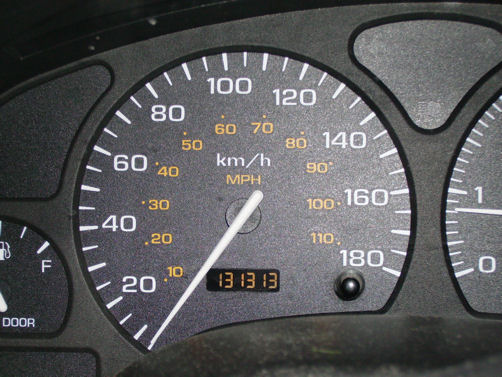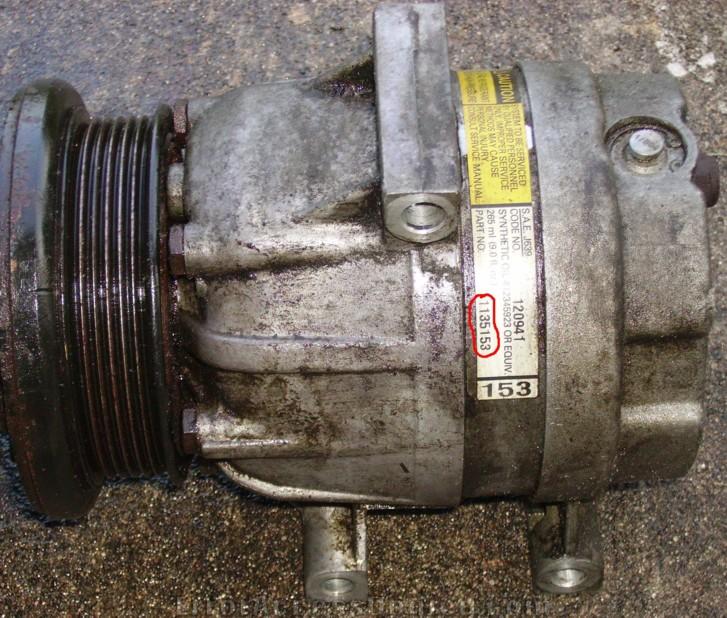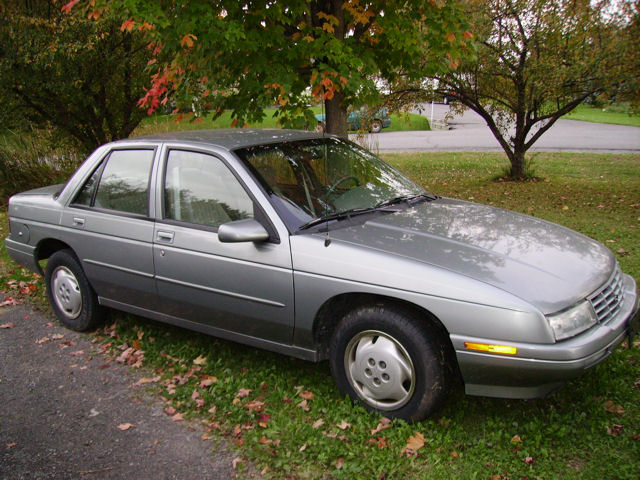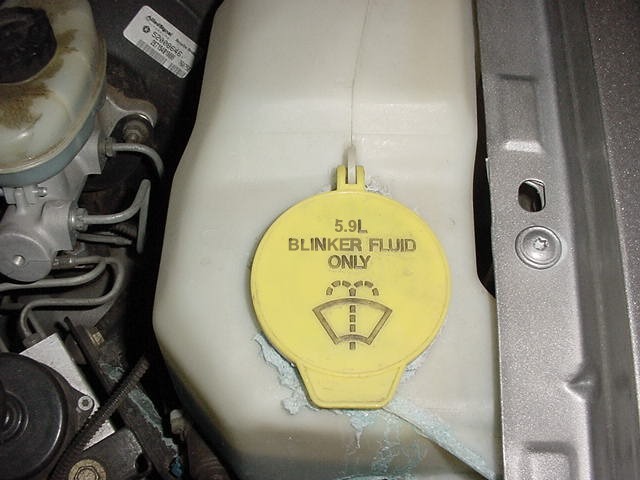Unlucky Car

I knew it! We got an unlucky car! 

I knew it! We got an unlucky car! 

“We can’t stop here, this is bat country!”

These instructions are for any GM car with the 3100 engine, with air conditioning. (Engine code: M) These engines are found in the 1994-1996 Chevrolet Corsica, among other cars and years.
Some background info: The AC Compressor is held up with 3 LONG bolts. I’m not talking little things, I’m talking 4″ bolts.
About the picture: Here it is, upside-down. I’ve circled the part number of the compressor assembly in red. This is what you need to get yourself a new or used one. (IE, this is the number that carpart.com asks for)
I originally posted this article on Corsicas.com on January 18, 2006. To see original text, click here

These instructions are for a 1991-1996 Chevrolet Corsica, the instructions are similar for a pre-1991 Corsica, with the exception of the removal of the door panel.
Use an upholstery remover to take off the window crank (if you have crank windows). Note that there is a cotter pin holding the crank in place. You have to pull it off before the handle comes free.
Once the fixtures are free, the door panel can be pulled off. Don’t worry about giving it some force, the whole thing is just snapped on.
Once the rivots are removed, you can pull out the assembly (see picture) and fix what’s wrong.
In my case, the lock wasn’t locking, and it was because the lock part of it was siezed with rust. I gave it some WD40 to loosen it, and then slopped on some heavy grease.
I originally posted this article on Corsicas.com on December 6, 2005. To see original text, click here

1995 Chevrolet Corsica (L-Body)



I know, I know, it’s a photo-manip, but it’s still funny.

This one comes from Beaterz.com

“Im in ur garage stealing your wheelz”